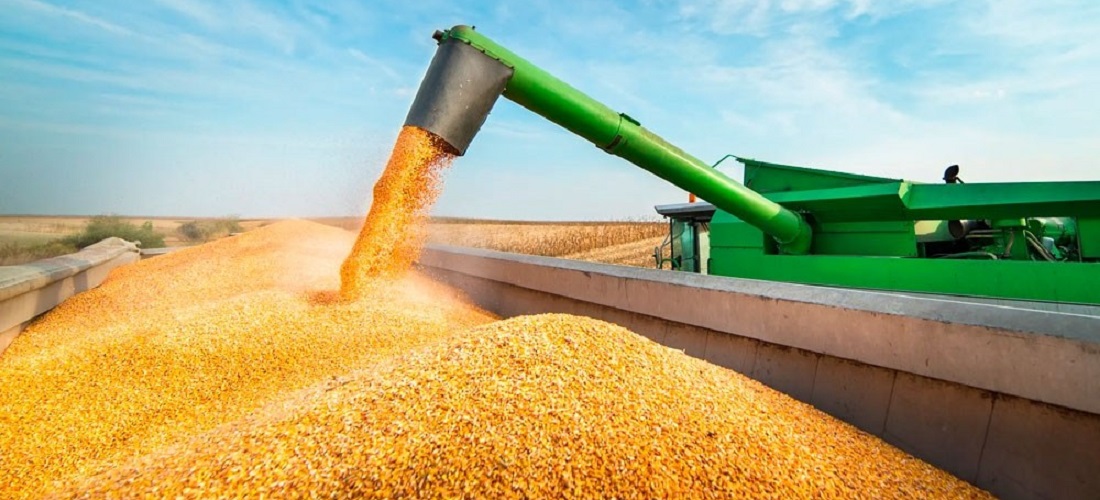
Lower corn crop in second season may impact Brazil’s cattle supply
Apr, 16, 2020 Posted by Sylvia SchandertWeek 202017
The forecast for Brazil’s corn supply after the second harvest has fallen due to climatic issues. According to experts this may hinder the supply of cattle in Brazil, which is already affected by the impacts of the coronavirus on the meat sector. The cereal is used as feed for confined animals and will be one of the main expenses for farmers who choose the feed this year, according to INTL FCStone.
The development of Brazil’s second 2019/20 corn crop harvest has been closely monitored by meat producers, especially by ranchers who work on an animal confinement basis, who in this case also have the option of leaving the cattle in the pasture – even though with this method the animal takes longer to be ready for slaughter.
Forecasts for the winter harvest of corn in Brazil still point to large volumes of above 70 million tons, but below the potential of a cycle that had record planting levels. In addition, the next few weeks will be crucial for the definition of the harvest, and the rains are not very regular in parts of southern Brazil.
It is worth remembering that although confinement is increasingly sought by those producers who seek to increase productivity in Brazil, this system represents a smaller part of Brazilian total livestock production, whilst animals raised on pasture account for about 85% of the total.
Source: Reuters
-
Other Cargo
Jun, 19, 2020
0
Brazil imports and exports record volumes of chemicals in first five months of 2020
-
Grains
Feb, 22, 2022
0
Anec raises Brazil’s soybean and corn export forecast in February
-
Ports and Terminals
Feb, 17, 2020
0
Salvador Port handles highly specialized project cargo worth R$2 billion
-
Ports and Terminals
Jul, 27, 2021
0
Chittagong port yards face severe box congestions in lockdown

